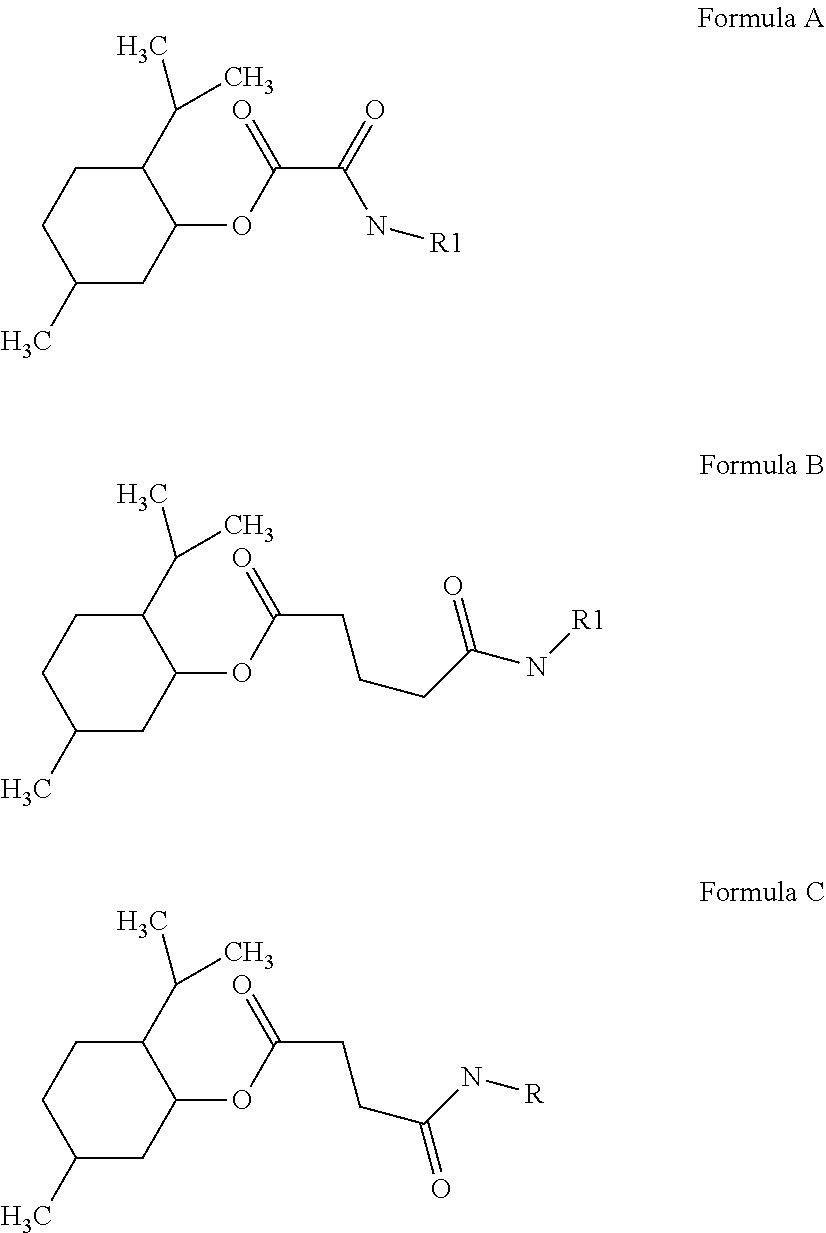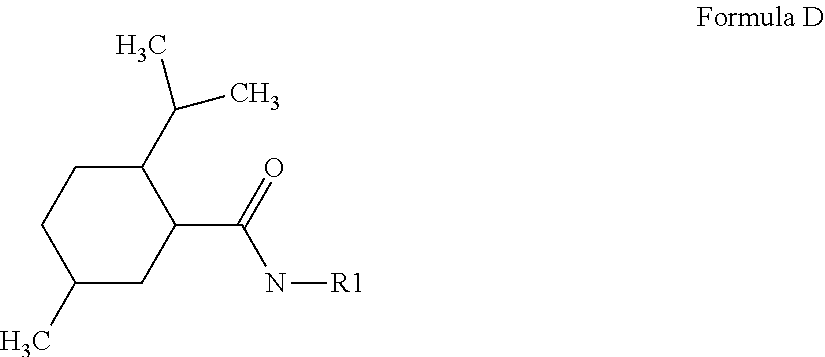Oral care products and methods comprising hydroxyapatite binding proteins
- Summary
- Abstract
- Description
- Claims
- Application Information
AI Technical Summary
Benefits of technology
Problems solved by technology
Method used
Image
Examples
example 1
ssay
[0188]i. Petide / Protein Labeling
For binding studies 5(6)-carboxyfluorescein was conjugated to the N-terminus of the peptides / proteins by using the corresponding succinimidyl ester (Invitrogen, Darmstadt, Germany). The labeling reaction was performed according to the manufactures protocol (Invitrogen, Darmstadt, Germany). After conjugation, the labeled peptide / protein was purified either with a PD-10 desalting column for proteins larger than 5 kDa or a PD MidiTrap G-10 for smaller proteins (GE Healthcare, Buckinghamshire, UK) or for peptides by HPLC on RP18 column.
For the binding experiments N-terminal labeled peptides / proteins were used in a final concentration of 2 μM. The binding was carried out in HBS-T buffer (150 mM NaCl, 50 mM HEPES pH 7.5, 0.1% Tween 20). The peptides / proteins were exposed to 10 mg hydroxyapatite powder (Fluke) for 2 h at 37° C. After five wash steps with HBS-T buffer the bound peptide / protein was visualized by fluorescence micr...
example 2
atite Nucleation Assay
[0189]To determine the anti-erosion / HAP-nucleating abilities of the unlabeled peptides / proteins the decrease in Ca2+ concentration was measured. Nucleation was carried out in artificial saliva [Panich M, Poolthong S. The effect of casein phosphopeptide-amorphous calcium phosphate and a cola soft drink on in vitro enamel hardness. J Am Dent Assoc 2009; 140:455-60.]. Briefly, one 10× stock solution of 46.2 mM K2HPO4, 26.8 mM KH2PO4 and a second of 87.2 mM KCl, 6.1 mM MgCl2, 14.9 mM CaCl2) were prepared. For the nucleation experiments, artificial saliva containing 8.7 mM KCl, 0.6 mM MgCl2, 1.5 mM CaCl2), 4.6 mM K2HPO4, 2.7 mM KH2PO4 and 25 μM peptide / protein was prepared in a final volume of 1 mL. As a negative control only the nucleation solution without any peptide / protein was used. All solutions were filtered (0.2 μm) prior to the use to avoid uncontrolled nucleation due to small particles. Periodically, 30 μL samples were taken every hour for a total of 5 h, c...
example 3
ide—Cooling Compounds Hybrid Molecules
[0190]Peptides according to SEQ ID NO: 1 to 16 can be coupled to cooling compounds by using e.g. oxalate (formula A), glutarate (formula B), or succinate (formula C) as crosslinker:
PUM
| Property | Measurement | Unit |
|---|---|---|
| Fraction | aaaaa | aaaaa |
| Fraction | aaaaa | aaaaa |
| Fraction | aaaaa | aaaaa |
Abstract
Description
Claims
Application Information
 Login to View More
Login to View More - R&D Engineer
- R&D Manager
- IP Professional
- Industry Leading Data Capabilities
- Powerful AI technology
- Patent DNA Extraction
Browse by: Latest US Patents, China's latest patents, Technical Efficacy Thesaurus, Application Domain, Technology Topic, Popular Technical Reports.
© 2024 PatSnap. All rights reserved.Legal|Privacy policy|Modern Slavery Act Transparency Statement|Sitemap|About US| Contact US: help@patsnap.com









